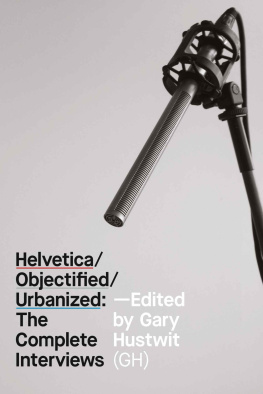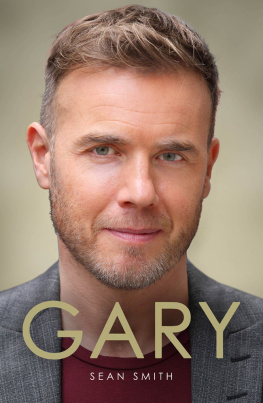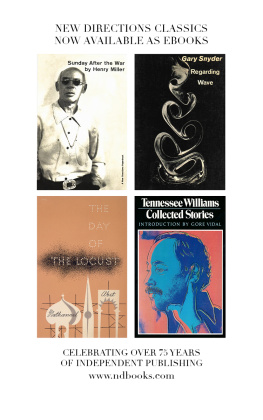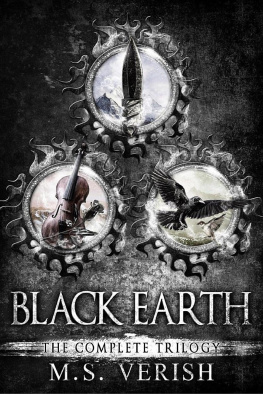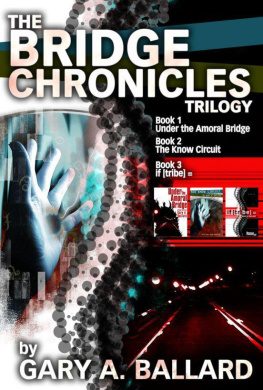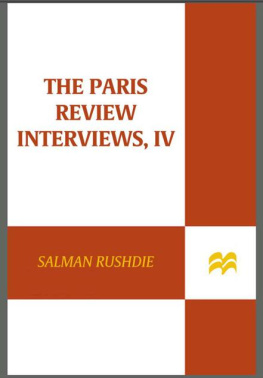Gary Hustwit - Helvetica/Objectified/Urbanized: The Complete Interviews: The Design Trilogy Interviews
Here you can read online Gary Hustwit - Helvetica/Objectified/Urbanized: The Complete Interviews: The Design Trilogy Interviews full text of the book (entire story) in english for free. Download pdf and epub, get meaning, cover and reviews about this ebook. year: 2015, publisher: Versions Publishing, genre: Art. Description of the work, (preface) as well as reviews are available. Best literature library LitArk.com created for fans of good reading and offers a wide selection of genres:
Romance novel
Science fiction
Adventure
Detective
Science
History
Home and family
Prose
Art
Politics
Computer
Non-fiction
Religion
Business
Children
Humor
Choose a favorite category and find really read worthwhile books. Enjoy immersion in the world of imagination, feel the emotions of the characters or learn something new for yourself, make an fascinating discovery.
- Book:Helvetica/Objectified/Urbanized: The Complete Interviews: The Design Trilogy Interviews
- Author:
- Publisher:Versions Publishing
- Genre:
- Year:2015
- Rating:4 / 5
- Favourites:Add to favourites
- Your mark:
- 80
- 1
- 2
- 3
- 4
- 5
Helvetica/Objectified/Urbanized: The Complete Interviews: The Design Trilogy Interviews: summary, description and annotation
We offer to read an annotation, description, summary or preface (depends on what the author of the book "Helvetica/Objectified/Urbanized: The Complete Interviews: The Design Trilogy Interviews" wrote himself). If you haven't found the necessary information about the book — write in the comments, we will try to find it.
Gary Hustwit: author's other books
Who wrote Helvetica/Objectified/Urbanized: The Complete Interviews: The Design Trilogy Interviews? Find out the surname, the name of the author of the book and a list of all author's works by series.
Helvetica/Objectified/Urbanized: The Complete Interviews: The Design Trilogy Interviews — read online for free the complete book (whole text) full work
Below is the text of the book, divided by pages. System saving the place of the last page read, allows you to conveniently read the book "Helvetica/Objectified/Urbanized: The Complete Interviews: The Design Trilogy Interviews" online for free, without having to search again every time where you left off. Put a bookmark, and you can go to the page where you finished reading at any time.
Font size:
Interval:
Bookmark:

Edited by Gary Hustwit / hustwit.com
Editing assistance by Katie Herman
Additional editing by Mariam Aldhahi & Anne Quito
Design by Build / wearebuild.com
Ebook development by Versions Publishing / versionspublishing.com
Typeface: Maison Neue / milieugrotesque.com
Cover photo: the microphone used to record most of the interviews in the book
Thank you for purchasing this Versions ebook versionspublishing.comHelvetica
Objectified
Urbanized
Thanks
Foreword/
Gary Hustwit
(GH) /December 16, 2014
New York
I actually never wanted to be a filmmaker. I really just wanted to watch a documentary about fonts, but in 2005 I looked around and couldnt find one. And as I sit here writing a foreword to a book of interviews from the three films Ive made since then, Im struck by the thought that if a good font documentary had existed back then, say, Times New Roman: The Movie , I probably never wouldve started making films. And then I never wouldve had the privilege of talking with so many incredible people for those films.
I also never intended for to make a trilogy of design documentaries. But after Helvetica was released, I started thinking about other ways design affects our lives. Exploring how manufactured objects are designed seemed like an interesting project, and like my desire to watch a font film that didnt exist, I hadnt yet seen a compelling documentary about industrial design. Objectified felt like an natural extension of the questions and ideas wed looked at in Helvetica . And I think that somehow all the travel I was doing during the production of exhibition of those two films got me thinking more about cities and how theyre designed.
Before I started production on each film, I spent around six months just researching the subject matter, trying to get a feel for the various issues involved, talking to people in the field and asking them, If you were going to make a film about this, who would you want to be in it? I spoke with writers, curators, educators, and designers and started compiling lists of potential interviewees whom I thought might be interesting. Then at some point, I sent out the first email and started scheduling the interviews.
Many times during one of these conversations, the person Im interviewing would say, Are you going to talk to so-and-so? Im always the first to admit that Im not an expert in these areas, and I was more than willing to ask for help or ideas from those who are. So with each conversation, I learned a little bit more, and the net-work of people participating in the film expanded.
I never started out with a thesis or any preconceived idea of what the content of the films would be. Im just interested in what these people had to say and what they thought were the important issues in their field. It was only after wed finished the conversations that the themes and story for the film would become apparent. But Ive always been fascinated by the creative process, and when it comes down to it, I just really wanted to know how and why these people do what they do. I generally didnt prepare questions before each conversation; I sometimes scribbled down a few topics I wanted to discuss. I wanted these talks to be as casual and fluid as possible. But as youll see, there are a few questions I asked almost everyone I interviewed.
Once the films were finished, the sad part was that there was so much that wed talked about that didnt make it into them. I couldnt stand the idea of all those conversations just sitting on a hard drive somewherehence the idea for this book.
A few notes on the books contents: weve arranged the interviews into three sections, one for each film. The individual conversations for each film are presented chronologically by the dates we filmed them. Weve edited the conversations for readability and left out some of what we called show and tells, which were sections of the interviews where someone is walking us through a specific piece of work and which maybe didnt make sense once transcribed since you couldnt see what the speaker was referring to. In some cases these parts of the interviews were intended as b-roll footage that would be on screen during the conversation in the film, but they werent intended to stand on their own. Weve also taken out sections where the subject restated an answer or idea.
Theres no way that I can express the gratitude I feel to all the people in this book whove taken the time to share their knowledge, stories, and creativity with me for these films. Some were my design heroes before I started making films; others I discovered along the way. Its truly been a privilege and an honor to be able to talk with all of them.
In the years since we conducted these interviews, several of the films stars have passed away. Id like to dedicate this book to memory and genius of Massimo Vignelli, Mike Parker, Bill Moggridge, and Oscar Niemeyer.
Thanks to everyone whos been part of these conversations and everyone whos helped me to document them. And thanks to you for your interest and support of these films.
Helvetica:
The Complete Interviews
20 Interviews/
108,503 Words
Massimo Vignelli
(MV) /March 29, 2006
New York
Massimo Vignelli was the first interview I did for Helvetica . I emailed Massimo first because, well, he was the easiest to contact; his email address was right there on his website: .
When our crew arrived at Massimos home studio for the interview, he brought us into his kitchen and made us all espressos served in cups hed designed. Anyone who met him instantly felt his love for life and for design. We had a long conversation that daythough it was admittedly one-sided; its tough to get a word in when Massimo starts talking about typeand many more conversations in the years after.
Massimo passed away on May 27, 2014, as we were editing this book. The design world lost one of its most passionate practitioners and a true gentleman, and I lost a good friend. Ciao, Massimo.
Gary Hustwit I wanted to initially talk about your beginnings. You told me you were studying to be an architect. How did you end up being exposed to graphic design?
Massimo Vignelli Well, I started to be interested in architecture very early. When I was 16 years old, I was lucky enough to go to work as a freelance draftsman in the office of the Castiglioni brothers. The Castiglioni brothers were very, very good Italian architects in Milan, where I come from. Now, they were designing everything reallyradios and furniture and exhibitions and buildings and houses. And I was mesmerized by the fact that an architect could do everything, and eventually I discovered that an architect was supposed to, really, design everything from a spoon to a city, as they say. So that was my beginning. At the same time, I was exposed to some posters by Max Huber. Max Huber was a fantastic graphic designer from Switzerland who came to Milan. In 1946 he did a fabulous poster for a dance club; then in 1948 he did the poster for the Monza car races. You know, beautiful poster. Youve probably seen it, with the arrows coming like cars, swoosh, passing each other. Eventually I met him, and he was looking for a place to live, and I had space in my house, so I said, I can rent you some space. Why dont you move in? And thats how I got exposed to graphic design, really, on an everyday basis, and I learned a lot from him. I learned about grids; I learned about colors; I learned about type; I learned about approach and so on. In the meantime, I was working in the architectural offices. But I began to be more interested in graphic design and started to do some graphic-design work. Then I started to do some product-design work, like glass for Venini. I was doing graphics and glass and books and things like that, and then furniture, and then exhibits. And so it all came at the same time because of my interest in all these things, you know. I was fascinated by all these fields, and I wanted to do everything.Next pageFont size:
Interval:
Bookmark:
Similar books «Helvetica/Objectified/Urbanized: The Complete Interviews: The Design Trilogy Interviews»
Look at similar books to Helvetica/Objectified/Urbanized: The Complete Interviews: The Design Trilogy Interviews. We have selected literature similar in name and meaning in the hope of providing readers with more options to find new, interesting, not yet read works.
Discussion, reviews of the book Helvetica/Objectified/Urbanized: The Complete Interviews: The Design Trilogy Interviews and just readers' own opinions. Leave your comments, write what you think about the work, its meaning or the main characters. Specify what exactly you liked and what you didn't like, and why you think so.

